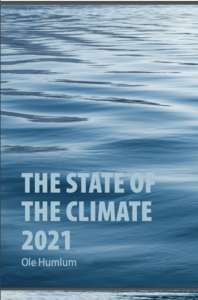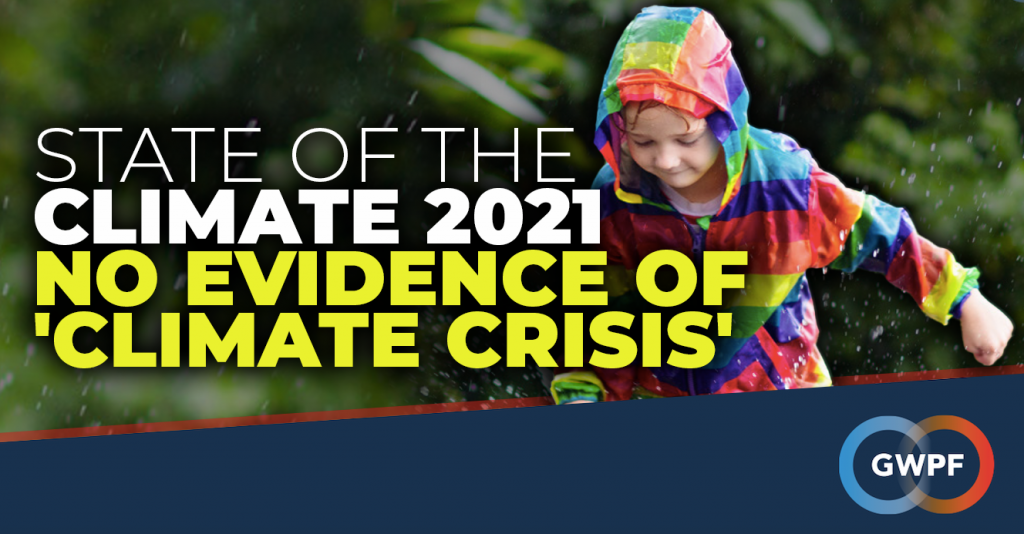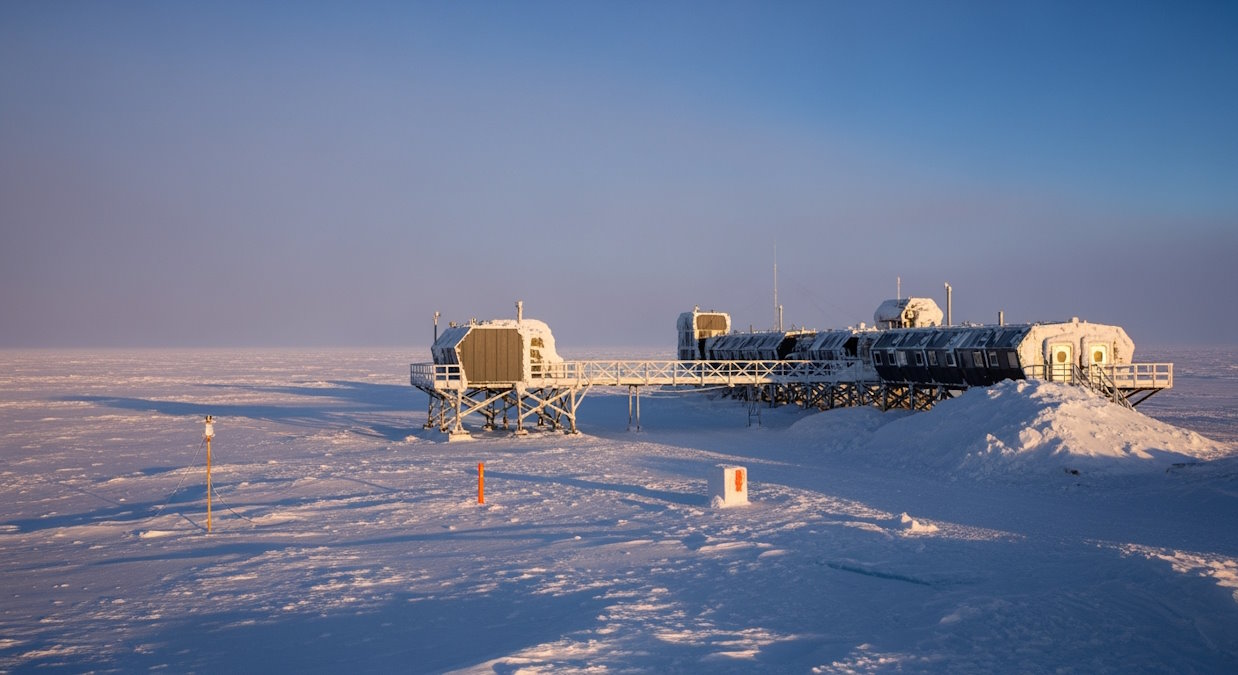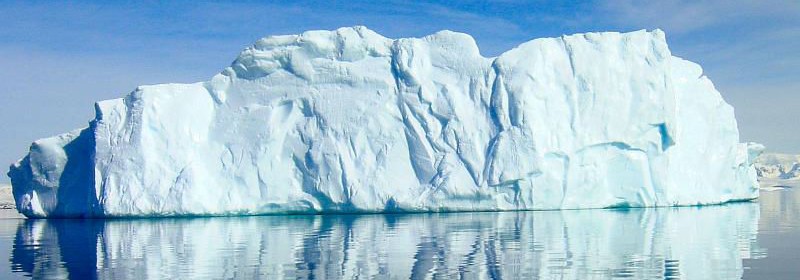
Climate Depot | April 18, 2022
In his annual State of the Climate report, Ole Humlum, emeritus professor at the University of Oslo, examined detailed patterns in temperature changes in the atmosphere and oceans together with trends in climate impacts. Many of these show no significant trends and suggest that poorly understood natural cycles are involved.
And while the report finds gentle warming, there is no evidence of dramatic changes, with snow cover stable, sea ice levels recovering, and no change in storm activity.
https://www.thegwpf.org/publications/empirical-observations-show-no-sign-of-climate-crisis/
A systematic review of climate trends and observational data by an eminent climate scientist has found no evidence to support the claim of a climate crisis.


In his annual State of the Climate report, Ole Humlum, emeritus professor at the University of Oslo, examined detailed patterns in temperature changes in the atmosphere and oceans together with trends in climate impacts. Many of these show no significant trends and suggest that poorly understood natural cycles are involved.
And while the report finds gentle warming, there is no evidence of dramatic changes, with snow cover stable, sea ice levels recovering, and no change in storm activity.
Professor Humlum said:
“A year ago, I warned that there was great risk in using computer modelling and immature science to make extraordinary claims. The empirical observations I have reviewed show very gentle warming and no evidence of a climate crisis.”
GWPF director, Dr Benny Peiser said:
“It’s extraordinary that anyone should think there is a climate crisis. Year after year our annual assessment of climate trends document just how little has been changing in the last 30 years. The habitual climate alarmism is mainly driven by scientists’ computer modelling rather than observational evidence.”
Ole Humlum: State of the Climate 2021 (pdf)
Excerpts:
Sea level
Global sea level is monitored by satellite altimetry and by direct measurement using tide gauges. While the satellite record suggests a global sea-level rise of about 3.3mm per year or more, data from tide gauges all over the world suggest a stable rise of 1–2mm per year. The tide gauges indicate no recent acceleration (or
deceleration) of sea-level rise. The marked difference (a ratio of about 1:2) between the two datasets has no universally accepted explanation, but it is known that the satellite observations face complications in areas near the coast (see, for example, Vignudelli et al. 2019). Whatever the truth, the tide-gauge data are more relevant for local coastal planning purposes.
Sea ice
In 2021, global sea-ice cover remained well below the average for the satellite era, but is now increasing. At the end of 2016, it reached a marked minimum, at least partly caused by the operation of two different natural variation patterns, affecting sea ice in the Northern and the Southern Hemisphere, respectively. These
variations had simultaneous minima in 2016. The trend towards stable or higher ice extent at both poles probably began in 2018, and has since strengthened. The marked Antarctic 2016 sea-ice reduction was the result of unusual wind conditions.
Snow cover
Variations in global snow cover are mainly caused by changes in the Northern Hemisphere, where all the major land areas are located. Southern Hemisphere snow is mainly found in the Antarctic, and cover is therefore relatively stable. The Northern Hemisphere average snow cover has been stable since the onset of satellite observations, although local and regional interannual variations may be large. Since 1979, Northern Hemisphere snow cover in autumn has been slightly increasing, the mid-winter cover is basically stable, and the spring cover is slightly decreasing. In 2021, the Northern Hemisphere seasonal snow cover was close to the 1972–2020 average.
Storms and hurricanes
The most recent data on global tropical storm and hurricane accumulated cyclone energy (ACE) is well within the range observed since 1970. In fact, the ACE data is highly variable over time, with a significant 3.6-year variation, but without any clear trend towards higher or lower values. The number of hurricanes making landfall in the continental United States remains within the range for the entire observation period since 1851.



